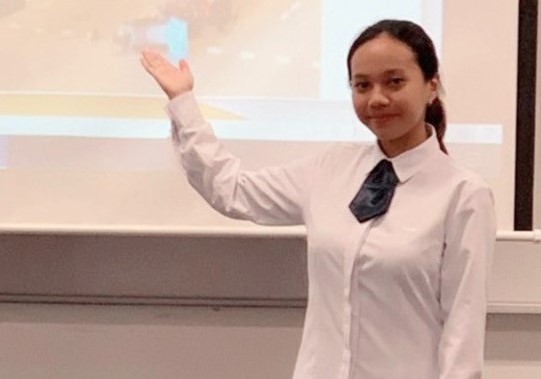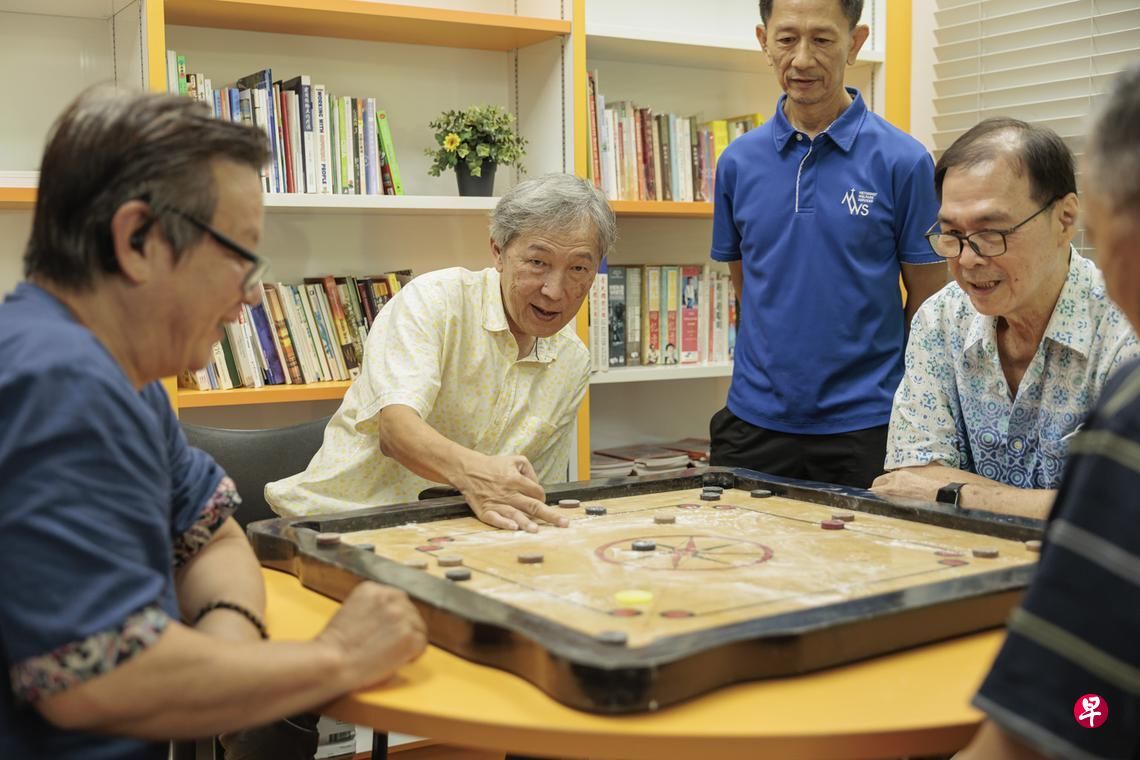Supporting ITE Students through COVID


As many as 80 percent of ITE students come from low-income families and are receiving bursaries from the government. Kintan Teo is one of them. Her family of four survived on just $800 a month before COVID-19 struck. Her mother, the sole breadwinner, was working as a cleaner.
When Kintan’s mother lost her job in April, the family had to use whatever meagre savings they had to get by. While Kintan’s mother sold baked and cooked food to generate some income, her earnings were still insufficient to cover their utilities and other bills. Kintan, a Business Studies student at ITE, tried working part-time to supplement the family income but gave it up after a few months. She had to work four to five days a week for up to seven hours daily as a team leader at a chicken wing restaurant.
“The job was physically and emotionally draining. It was difficult for me to work and study at the same time. I didn’t have time to rest as I had to report for work immediately after my lessons and during weekends,” explained Kintan. Left with only five hours of sleep a day, Kintan was constantly tired and found it hard to wake up and stay focused in school. She also didn’t have enough time to do revision and her grades were affected.
Studies Come First
Like Kintan, Passenger Services student Siti Raudhah is struggling to cope with work and studies. Her mother, who works as a cleaner, is the sole breadwinner of her family of five. Since young, Siti has been aware of her family’s financial difficulties. After completing her ‘O’ Levels, she took on part-time jobs in banquet services and retail to supplement her family income.
Siti is currently working part-time at a clothing retail store but is clear that her studies always come first. “Working and studying at the same time is tough. As a slow-learner, I took a break from my part-time job to catch up on my studies before resuming work. This is how I balance my studies and work,” explained Siti.
Help On the Way
More than 1,000 needy students are dependent on ITE for meals when they are in school. During the Circuit Breaker period, the Recess@Home scheme through the Sayang Sayang Fund made it possible for these students to continue receiving meals. More than $650,000 was contributed, enabling students across primary to tertiary levels to have at least one decent meal a day while on home-based learning.
In addition, some students like Siti receive additional aid under the Special Student Assistance Scheme (SSAS)-Covid, which provides emergency relief for students who are badly affected by the Covid-19 situation. With the help of the $100,000 donation from the Mind The Gap – Knowledge Funds, Siti and others like her have some emergency funds to fall back on to help them tide through this difficult period.
“The additional financial aid has helped my family. My mother is able to buy groceries and I am able to set aside some money for school and other necessities,” said Siti.
Photo credit: ITE
As many as 80 percent of ITE students come from low-income families and are receiving bursaries from the government. Kintan Teo is one of them. Her family of four survived on just $800 a month before COVID-19 struck. Her mother, the sole breadwinner, was working as a cleaner.
When Kintan’s mother lost her job in April, the family had to use whatever meagre savings they had to get by. While Kintan’s mother sold baked and cooked food to generate some income, her earnings were still insufficient to cover their utilities and other bills. Kintan, a Business Studies student at ITE, tried working part-time to supplement the family income but gave it up after a few months. She had to work four to five days a week for up to seven hours daily as a team leader at a chicken wing restaurant.
“The job was physically and emotionally draining. It was difficult for me to work and study at the same time. I didn’t have time to rest as I had to report for work immediately after my lessons and during weekends,” explained Kintan. Left with only five hours of sleep a day, Kintan was constantly tired and found it hard to wake up and stay focused in school. She also didn’t have enough time to do revision and her grades were affected.
Studies Come First
Like Kintan, Passenger Services student Siti Raudhah is struggling to cope with work and studies. Her mother, who works as a cleaner, is the sole breadwinner of her family of five. Since young, Siti has been aware of her family’s financial difficulties. After completing her ‘O’ Levels, she took on part-time jobs in banquet services and retail to supplement her family income.
Siti is currently working part-time at a clothing retail store but is clear that her studies always come first. “Working and studying at the same time is tough. As a slow-learner, I took a break from my part-time job to catch up on my studies before resuming work. This is how I balance my studies and work,” explained Siti.
Help On the Way
More than 1,000 needy students are dependent on ITE for meals when they are in school. During the Circuit Breaker period, the Recess@Home scheme through the Sayang Sayang Fund made it possible for these students to continue receiving meals. More than $650,000 was contributed, enabling students across primary to tertiary levels to have at least one decent meal a day while on home-based learning.
In addition, some students like Siti receive additional aid under the Special Student Assistance Scheme (SSAS)-Covid, which provides emergency relief for students who are badly affected by the Covid-19 situation. With the help of the $100,000 donation from the Mind The Gap – Knowledge Funds, Siti and others like her have some emergency funds to fall back on to help them tide through this difficult period.
“The additional financial aid has helped my family. My mother is able to buy groceries and I am able to set aside some money for school and other necessities,” said Siti.
Photo credit: ITE
- Related Topics For You: CHARITY STORIES, DIRECT AID, EDUCATION, INCLUSIVITY & INTEGRATION, STORIES OF IMPACT, YOUTH




